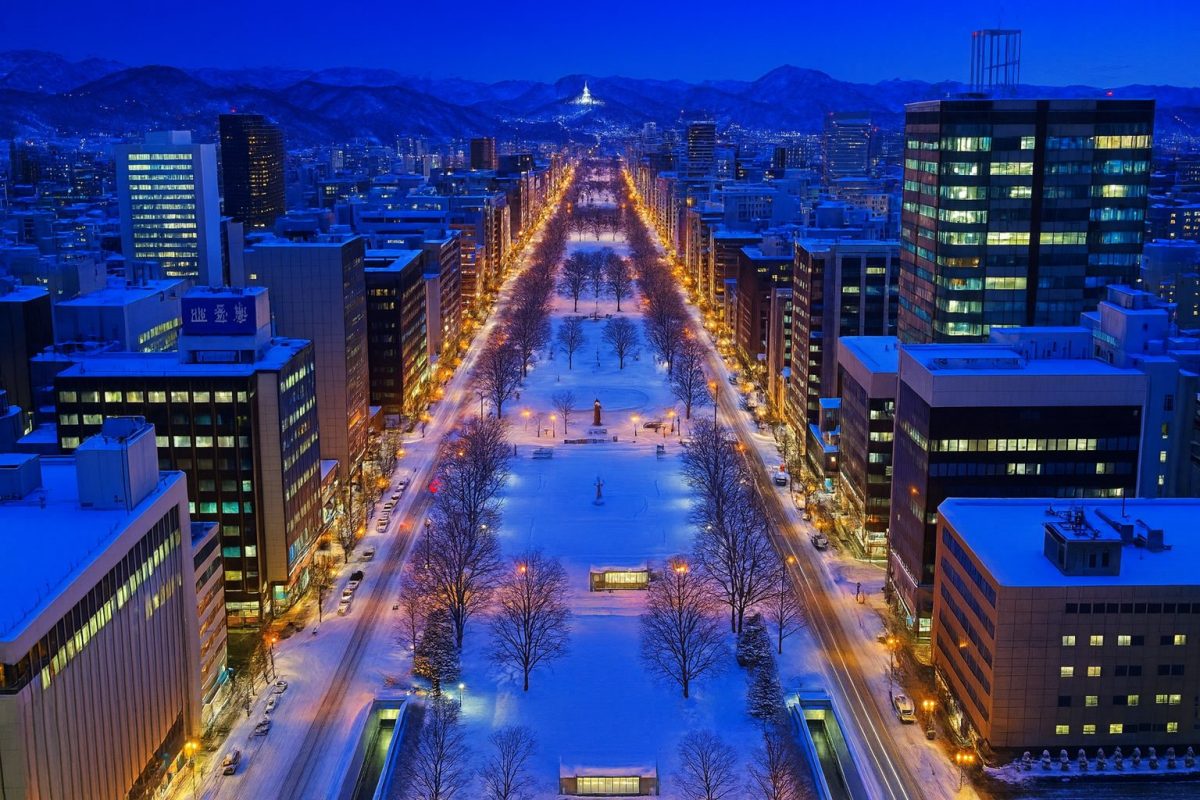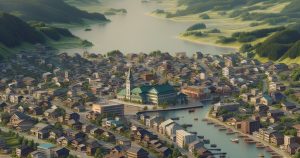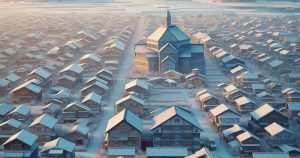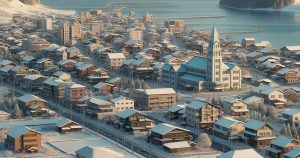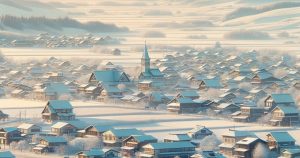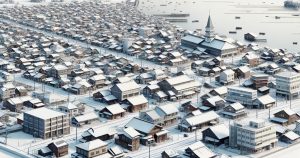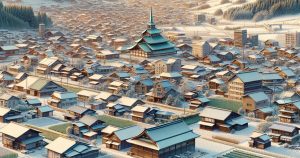| population | 1,955,651 peoples |
|---|---|
| area | 1,121.26 km² |
| population density | 1,744 peoples/km² |
Sapporo, the capital city of Hokkaido under the jurisdiction of the Ishikari Subprefecture, is Japan’s northernmost government-designated city. With a population of approximately 1.97 million (as of 2025), it accounts for nearly 40% of Hokkaido’s population, serving as the administrative, economic, and cultural center of the region. Founded in 1869 when the Hokkaido Development Commission (Kaitakushi) was established, Sapporo was one of Japan’s first systematically planned cities. Its grid-like city layout was designed by Takayoshi Kuroda and Yoshiyuki Iijima, based on a plan by Judge Yoshitake Shima. The city rose to international fame after hosting the 1972 Winter Olympics — the first held in Asia.
Today, Sapporo is a cosmopolitan city where IT, tourism, and commerce thrive alongside rich natural surroundings. Winters bring heavy snowfall ideal for winter sports, while spring, summer, and autumn each paint the city with distinct seasonal colors — from cherry blossoms to vibrant fall foliage. Local cuisine such as miso ramen, “Genghis Khan” (grilled lamb), and soup curry originated here, forming part of Sapporo’s unique food identity. Distinctive Hokkaido dialect words like “namara” (“very”) and “–dabe sa” color everyday conversation, reflecting the city’s warmth and charm. Major seasonal events like the Sapporo Snow Festival and the YOSAKOI Soran Festival attract millions of visitors, making Sapporo a hub of both culture and celebration.
Culture and Traditions
Since the establishment of the Hokkaido Development Commission in 1869, Sapporo has grown as Japan’s first large-scale planned city. The foundation of Sapporo Agricultural College (now Hokkaido University) brought academic and cultural influence, and the famous words of its first vice-principal, William S. Clark — “Boys, Be Ambitious!” — remain part of the city’s spirit. The 1972 Winter Olympics marked a turning point, spurring rapid urban development including the subway network that still supports city life today.
Sapporo’s lifestyle is deeply connected to snow and cold. Residents embrace winter with outdoor activities such as skiing, snowboarding, and snow festivals. The city’s culinary culture is also notable: steaming bowls of miso ramen, fresh seafood, and locally sourced vegetables are enjoyed year-round. The friendly local dialect — including expressions like “namara umai” (“super tasty”) — captures the warmth of Hokkaido people.
Festivals play a vital role in Sapporo’s identity. The Sapporo Snow Festival in February transforms the city into a wonderland of snow and ice sculptures, while the YOSAKOI Soran Festival in June fills the streets with vibrant dancing and music. The Sapporo White Illumination from November through February lights up the long winter nights. Sapporo is a city where history, industry, and culture coexist harmoniously — a rare example of an urban center that thrives in balance with nature.
Local Specialties
- Sapporo Beer: One of Japan’s oldest beer brands, founded in 1876. You can tour the Sapporo Beer Museum to learn about its history and enjoy tasting sessions.
- Shiroi Koibito Cookies: Sapporo’s signature souvenir — vanilla white-chocolate cream sandwiched between thin butter cookies. Visit the Shiroi Koibito Park to see how they’re made.
- Genghis Khan (Grilled Lamb): A popular local dish grilled on a convex iron plate. The Sapporo Beer Garden offers one of the most famous authentic experiences.
- Sapporo Ramen: Famous for its rich miso-based broth, it’s a winter favorite. Explore the Sapporo Ramen Alley in Susukino, where legendary ramen shops line a narrow street.
- Sapporo Yellow Onion (“Sapporo Ki”): A traditional variety grown in the Okadama area of Higashi Ward, known for its sweetness and strong aroma — designated a “Taste Ark” product for heritage foods.
Annual Events
- Sapporo Snow Festival: Held every February at Odori Park, Susukino, and Tsudome sites. Dozens of massive snow and ice sculptures attract visitors from around the world.
- Sapporo Summer Festival: Taking place from late July to early August, featuring Japan’s largest open-air beer garden, bon dances, and live performances.
- Sapporo Autumn Fest: A gourmet event held each September in Odori Park, celebrating Hokkaido’s harvest with local food, craft beer, and wine.
- Sapporo White Illumination: From November through February, the city glows with over 800,000 LED lights from Odori Park to Sapporo Station.
- Sapporo Lilac Festival: Held in May when lilacs bloom across the city, featuring open-air concerts, wine tastings, and local markets.
Access
- By Air: Fly into New Chitose Airport, Hokkaido’s main gateway. The JR Rapid Airport train connects the airport to Sapporo Station in about 40 minutes.
- By Train: Take the Hokkaido Shinkansen to Shin-Hakodate-Hokuto Station, then transfer to the “Super Hokuto” limited express — about 3.5 hours to Sapporo.
- By Bus: Long-distance buses operate between Sapporo and major cities nationwide. The main terminals are around Sapporo Station.
- By Ferry: Arrive via Tomakomai Port or Otaru Port, with routes from Sendai, Niigata, Akita, and Aomori — ideal for travelers bringing cars.
- By Car: Access via the Dō-Ō Expressway from Honshu through Aomori and Hakodate. Note: winter driving requires studded or snow tires.
Tourist Attractions
- Sapporo Clock Tower – Built in 1878 as a drill hall for Sapporo Agricultural College, now an iconic symbol of the city.
- Odori Park – A 1.5 km-long greenbelt at the heart of Sapporo, known for flower gardens in summer and the Snow Festival in winter.
- Sapporo TV Tower – Standing at the east end of Odori Park, its observation deck offers a panoramic city view.
- Former Hokkaido Government Office (Red Brick Building) – A beautiful Meiji-era Western-style structure and popular photo spot.
- Maruyama Zoo – Home to polar bears, Asian elephants, and many other species, located within lush Maruyama Park.
